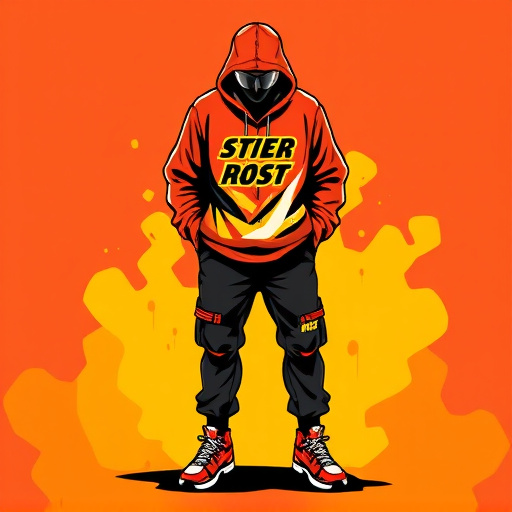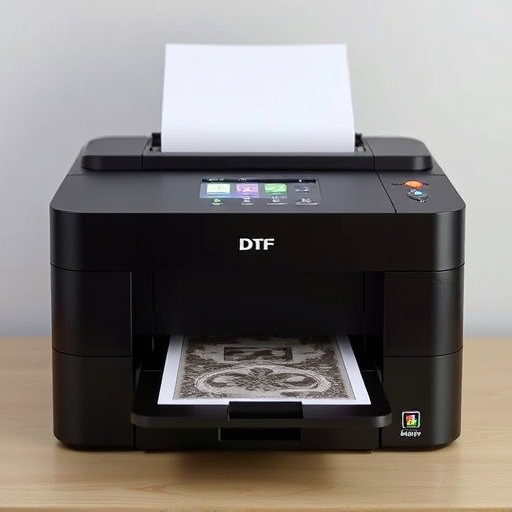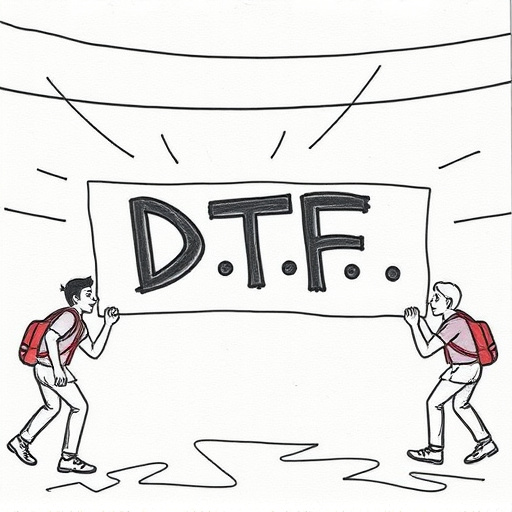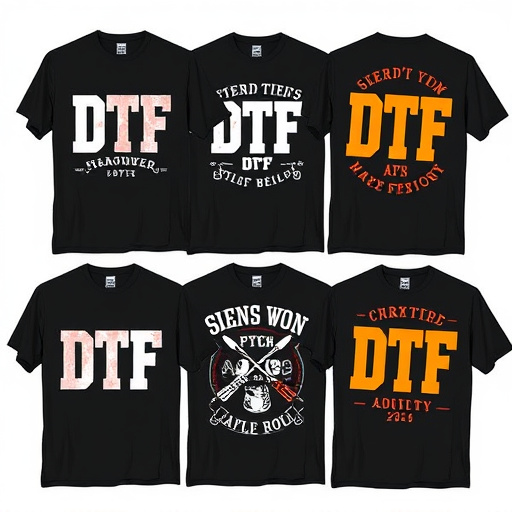DTF Transfer Sheets are a versatile and accessible method for custom printing on fabrics, using heat-active ink fused with fibers. To efficiently reorder, organize current inventory, track quantities, colors, designs, and locations of DTF sheets. Evaluate sales trends, events, promotions, and seasonal variations to inform ordering decisions. Streamline management by identifying repeat designs, organizing sheets based on usage and color preferences, and using online platforms for comparison among quality brands. Consider sheet sizes and understand the DTG printing process for successful reordering.
Reordering DTF (Direct-To-Film) transfer sheets efficiently is crucial for businesses and enthusiasts in the printing industry. This guide will walk you through a streamlined process, ensuring your workflow stays smooth and productive. From understanding the basics of DTF transfer sheets to organizing your inventory and implementing successful ordering strategies, these steps will help you navigate the reorder process like a pro. Maximize your productivity by mastering the art of reordering these essential printing materials.
- Understanding DTF Transfer Sheets: Essential Basics
- Preparing for Reorder: Organize and Evaluate Inventory
- Efficient Ordering Process: Strategies and Tips for Success
Understanding DTF Transfer Sheets: Essential Basics
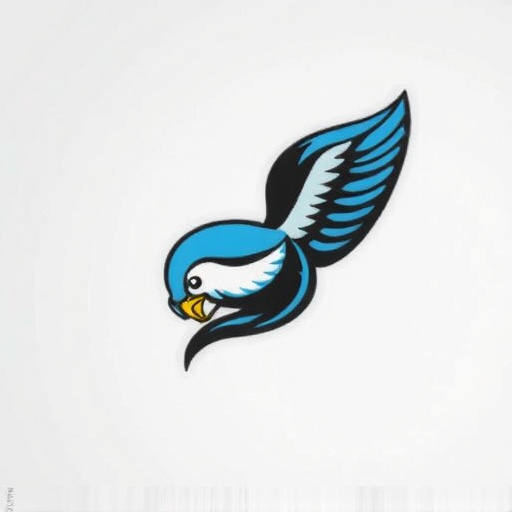
DTF Transfer Sheets are a revolutionary tool in the world of custom printing and design. These sheets allow users to create intricate, detailed designs using direct-to-fabric (DTF) printing technology. By utilizing special inks and heat transfer methods, DTF Transfer Sheets enable the reproduction of vibrant, lasting colors on various fabrics, from t-shirts to flags. The process is versatile, catering to both professional printers and DIY enthusiasts.
Understanding DTF Transfer Sheets involves grasping their multi-layered structure. They typically consist of a backing sheet, a design layer with heat-active ink, and a release paper. When ready for printing, the designer positions the transfer sheet over the target fabric, applies heat, and the ink melts, fusing with the fabric fibers. This method ensures that designs become an integral part of the material, offering durability and a professional finish. With access to best DTF printers and the option for custom DTF transfers, users can create unique, high-quality prints effortlessly.
Preparing for Reorder: Organize and Evaluate Inventory
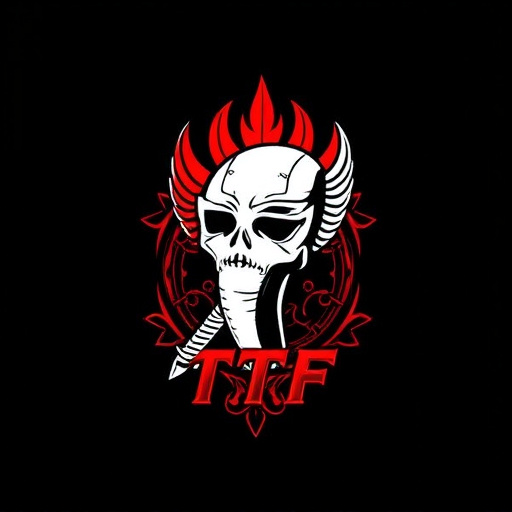
Before you begin the process of reordering DTF Transfer Sheets, it’s crucial to organize and evaluate your inventory. This step is essential for ensuring a smooth and efficient reorder cycle. Start by auditing your current stock of DTF sheets, noting down quantities, colors, designs, and their respective locations. This audit will help in identifying any gaps or excesses, enabling you to make informed decisions when placing a new order.
Additionally, evaluating your inventory involves considering factors such as recent sales trends, upcoming events or promotions, and seasonal variations. For instance, if you’re a clothing brand using DFT for logos on shirts, understanding peak demand periods will help in determining the required bulk production levels. This proactive approach ensures that you always have the right quantity of DTF transfers readily available without overstocking or running short during high-demand times.
Efficient Ordering Process: Strategies and Tips for Success
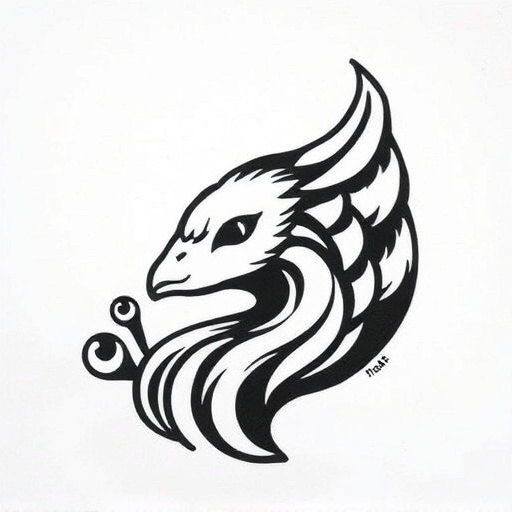
Reordering DTF Transfer Sheets efficiently involves a strategic approach that saves time and ensures high-quality outcomes. Begin by evaluating your previous orders to identify repeat or popular designs. This process enables you to quickly select the most in-demand DTF transfer sheets, streamlining your inventory management. Organize these based on usage frequency, color preferences, and anticipated future needs.
Utilize online platforms offering extensive DTF sheet collections for easy browsing. Compare various options, including brands known for their quality and consistency. Additionally, consider the versatility of sheet sizes to accommodate diverse product applications, from dtf for t-shirts to direct to film personalized hoodies. Understanding the DTG printing process and its requirements will help you make informed choices, ultimately enhancing your reordering success.
Reordering DTF Transfer Sheets doesn’t have to be a complex or time-consuming task. By understanding the basics of these versatile sheets, organizing your inventory, and implementing efficient ordering strategies, you can ensure a smooth and successful process. Remember to stay informed about popular demand and choose reliable suppliers for consistent quality. With these steps, you’ll master the art of reordering DTF Transfer Sheets, keeping your projects flowing seamlessly.
